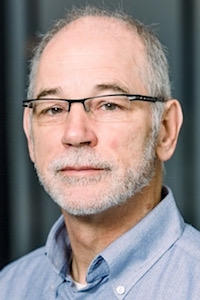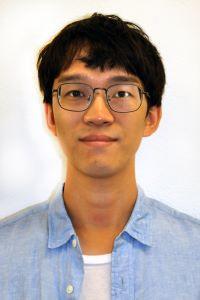Cervical Dystonia (CD) is a neurological movement disorder that is characterized by abnormal head movements or postures caused by involuntary contractions of neck muscles. There is no cure for CD. Current treatment opportunities for CD are limited and consist mainly of injections of Botulinum toxin (Botox) – a neurotoxin injected in the dystonic muscles. However, this treatment provides only temporary relief and has to be repeated in regular intervals (approximately every 8-12 weeks). A sizable group of CD patients (15 – 30%) do not tolerate Botox injections. The aim of this project is to explore vibro-tactile stimulation of neck muscles as a non-invasive, non-pharmacological treatment method for individuals with CD, who do not tolerate the Botox or who want to seek an adjuvant method after injection of the Botox.
Vibro-tactile stimulation – A novel behavioral therapy
Vibro-tactile stimulation (VTS) is a non-invasive neuromodulation technique that our laboratory developed for people with CD. In related research, our team documented positive short-term effects of VTS in patients with the voice disorder spasmodic dysphonia, which is another form of focal dystonia. Meanwhile, a proof-of-concept case study conducted by our lab demonstrated that VTS can induce alleviation of the unwanted muscle spasm associated with CD.
A systematic study to assess the effects of VTS on CD
We are currently conducting a larger multi-center clinical trial to determine the effects of VTS on alleviating abnormal cervical muscle contractions in patients with CD. During testing, small vibratory motors will be attached to the skin above four cervical muscles (sternocladomastoid and trapezius).
Electrophysiological data from target muscles and movement-related data from the head and neck will be recorded to evaluate the severity of dystonic symptoms and if and to what extent cervical VTS reduces dystonic neck symptoms. The findings of the study will inform patients and clinicians on the possible impact of this therapeutic approach.
Team members
Dr. Jürgen Konczak is the primary investigator of this project. Other members of the interdisciplinary research team from the University of Minnesota include Dr. Stephanie Standal and Dr. Parisa Salehi from the Physical Medicine and Rehabilitation Clinic, M Health Fairview Clinics, and Surgery Center. Jiapeng Xu, the graduate student from HSCL complements the University of Minnesota team. Other centers cooperating are the University of Calgary (Dr. Martino), and two Italian institutions – the Universita degli studi di Genova (Dr. Avanzino) and Sapienza University of Rome (Dr. Conte).


Contact information
Jiapeng Xu is the lead investigator and study coordinator of the project. If you would like further information, please contact Jiapeng Xu, M.S. (phone: 612-625-3313; email: [email protected]).